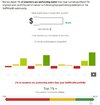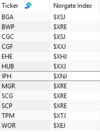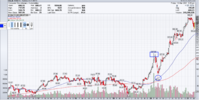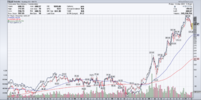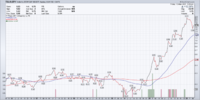- Joined
- 28 December 2013
- Posts
- 6,392
- Reactions
- 24,319
A trading system is usually most effective when "implemented consistently"
One problem frequently encountered by individual traders is the "difficulty" in following a system. Sticking to a system requires discipline & discipline is often difficult when trading - as "emotions" can rule the day. Traders tempted to second-guess their strategy is a recipe for disaster.
You should develop an exit strategy that works
Exit strategies are too numerous to discuss & there is no such thing as the "best" exit. There are exits that work for all styles of trading. Beginners tend to test everything across a broad range of market conditions. That's doing things the hard way. Educate your mind & understand how trading actually works & you can change what you are doing according to market conditions.
More to follow.
Skate.
One problem frequently encountered by individual traders is the "difficulty" in following a system. Sticking to a system requires discipline & discipline is often difficult when trading - as "emotions" can rule the day. Traders tempted to second-guess their strategy is a recipe for disaster.
You should develop an exit strategy that works
Exit strategies are too numerous to discuss & there is no such thing as the "best" exit. There are exits that work for all styles of trading. Beginners tend to test everything across a broad range of market conditions. That's doing things the hard way. Educate your mind & understand how trading actually works & you can change what you are doing according to market conditions.
More to follow.
Skate.

